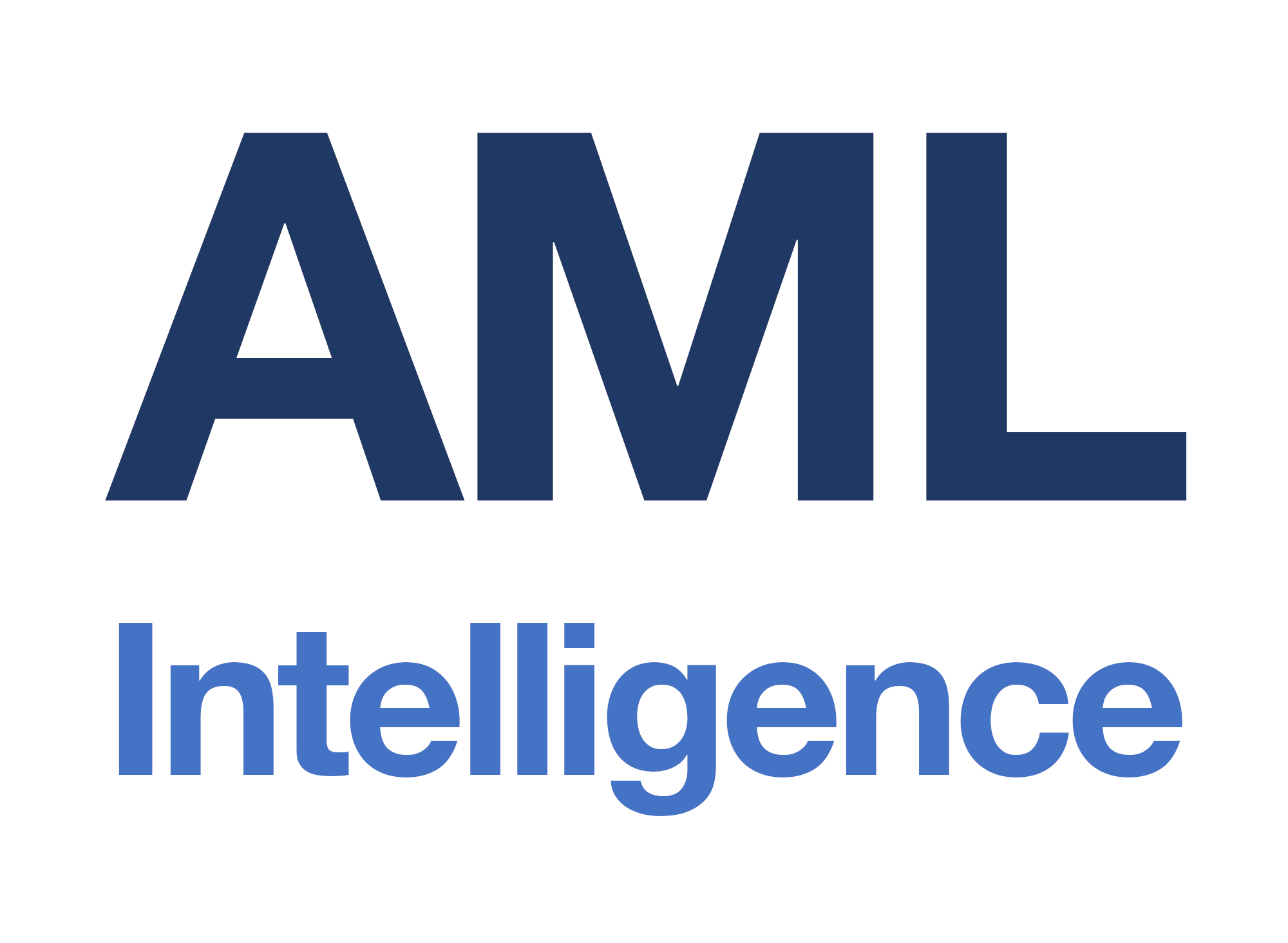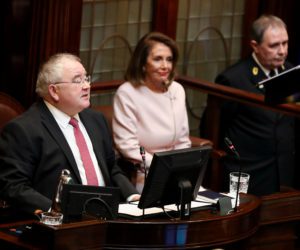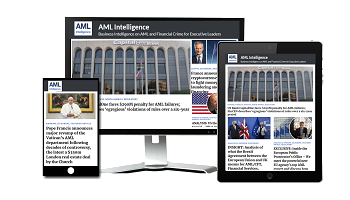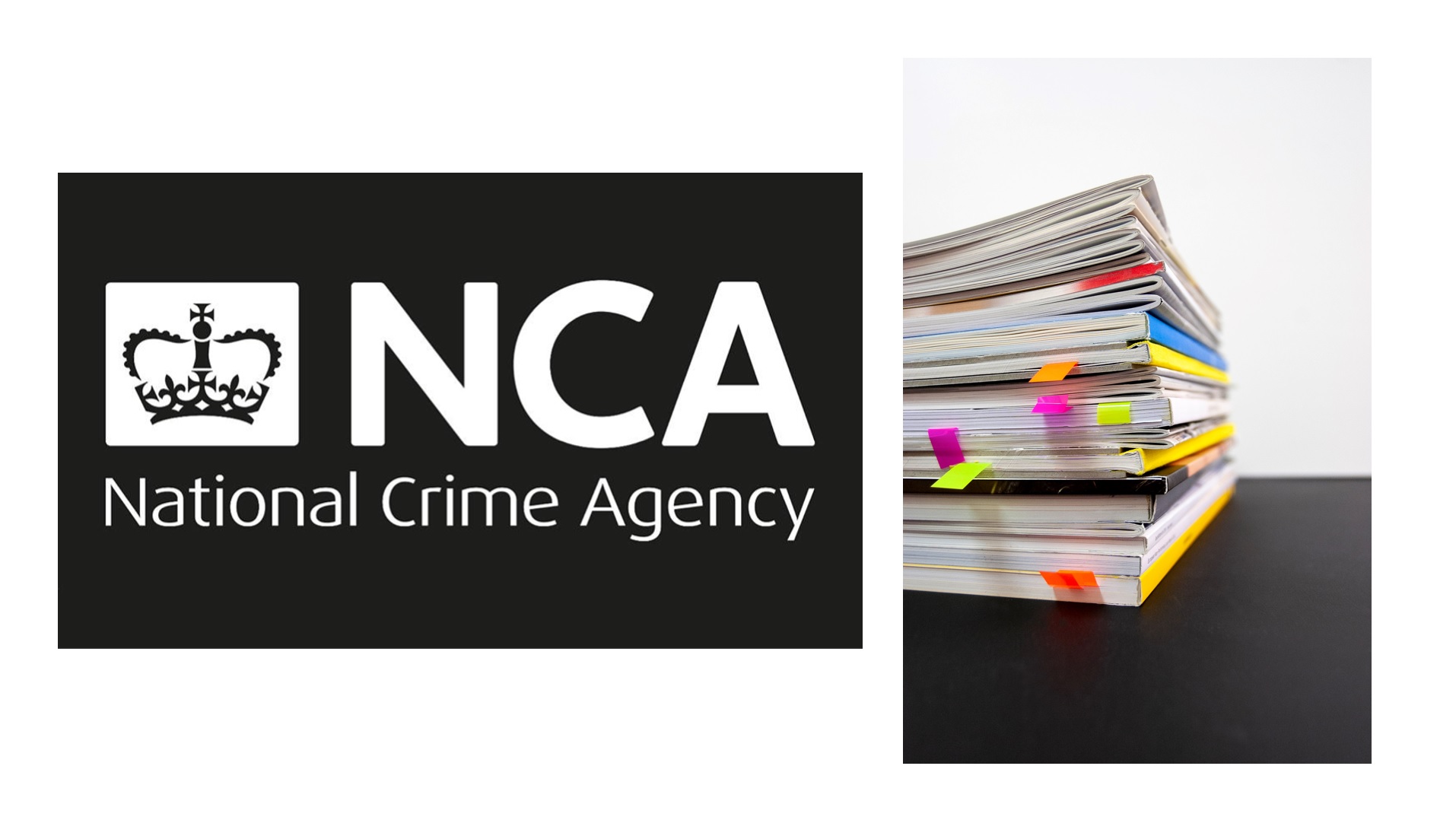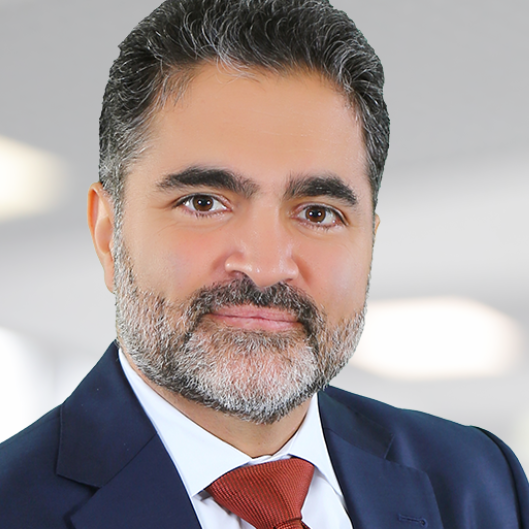
Dr Ryan Lemand
Co-founder & CEO, Neovision Wealth Management
June 23rd, 2023, the Financial Action Task Force (FATF) have requested continued focus on the Action Plan for the United Arab Emirates (UAE) and won’t be taking the UAE off the grey list early.
In fact, the UAE has completed all the requirements to be taken off the list, however, the FATF traditionally does not automatically remove a grey listed country when this happens and they wait to see a continuing trend of compliance with its requirements.
Initially, on 4th March 2022, UAE was added to the list of jurisdictions under increased monitoring (“Grey List”) by the FATF.
Grey Listing is typically applied to countries with gaps in their anti-money laundering (AML)/countering the financing of terrorism (CFT) regimes, but where commitments have been made for swift resolution of these gaps.
The current FATF grey list includes the following countries: Albania, Barbados, Burkina Faso, Cameroon, The Cayman Islands, Croatia, The Democratic Republic of Congo, Gibraltar, Haiti, Jamaica, Jordan, Mali, Mozambique, Nigerai, Panama, Philippines, Senegal, South Africa, South Sudan, Syria, Tanzania, Türkiye, Uganda, United Arab Emirates, Vietnam and Yemen.
The statements are factual, but things did not make sense to me, so I decided to dig. I am well connected both in Europe and in the GCC countries and I decided to use this network for an informal survey. I asked managing directors, lawyers, and senior professionals in banking and financial institutions the following questions: which top countries do you think have the largest amounts of money laundering in the world, not per capita, but total amounts because I am interested in the total footprint global effect. The grand majority answered that the UAE either is the top country or in the top 5 countries in total money laundering amounts globally.
I looked for statistics and data that clearly showcase the values of money laundering across the world, however, I could not find explicit numbers. This was puzzling, how could international organizations place countries on grey lists for this subject if they do not estimate and publish transparently the amounts of money laundering these countries are contributing internationally, to assess the global effect of this problem? Are countries placed on grey lists just based on quasi-quantitative, almost subjective scores only?
There are two research papers that estimated the amounts of money laundering across multiple countries, namely OECD countries:
- “Estimating money laundering flows with a gravity model‑based simulation”, Joras Ferwada, Alexander van Saase & Michael Getzner[1]
- “A Comparative Analysis of the Extent of Money Laundering in Australia, UAE, UK and the USA”, Ali Alkaabi, George Mohay, Adrian MacCullagh & Nicholas Chantler[2]
- Research done by the Peterson Institute of International Economics[3]
The findings of the above research shows that the biggest contributors of money laundering in total value globally are the top OECD countries. The research above uses suspicious transaction reports (STR) that have been conclusive, to estimate money laundering total amounts.
For the sake of transparency, international organizations should start publicly publishing total value numbers of money laundering in all countries that contribute STR data, to better assess the largest contributors globally. Dealing with the biggest contributors of money laundering, rather than per capita or per GDP or use questionable scores, would help reduce this global issue sensibly. Without the largest money laundering contributors, many of the smaller countries who have limited resources to deal with this issue would see international financial crime passing through them drop considerably.
Even the US Treasury was quite transparent about it, whereby pproximately $300 billion is laundered annually through the United States, most of it connected to fraud and drug trafficking, the Treasury Department said in its 2015 National Money Laundering Risk Assessment[4].
I went back to the same persons I initially asked about which countries they expected to have the biggest money laundering footprint in value globally and share the above information. The least I can say is that everyone was taken aback.
When measuring an adverse phenomenon that has supranational effects, two methods can be used, the first one is per capita and the second one is an aggregate measure. Take for instance pollution, if per capita measure is taken, then the total pollution emitted by highly populated developing countries would not reflect adequately the global effect this pollution is having, because it would be too low from a per capita perspective.
The same applies for money laundering, when looking at measuring money laundering as a percentage of GDP, large superpowers that have developed economies and high GDPs would seem to have a low percentage to GDP of money laundering. However, when looking at the total value of money laundering happening in these countries then the extent of the problem and global footprint is much more visible.
The sensibly large amounts of money laundering taking place in the top OECD countries only mean the footprint is global and since money laundering has at least two sides, the other side likely to be smaller countries, hence the impact is detrimental to these countries as well.
It is undeniable that the top OECD countries have the best regulations and the most sophisticated risk management there is, and despite this, they are the largest contributors of money laundering footprint globally. The answer could be using a risk-based approach in tackling money laundering.
Risk management is the process of identifying, assessing, and controlling subjects that can present a financial, legal, regulatory, physical, moral, reputational etc. negative impact:
- Digital and online transactions represent a Big Data challenge
- Identification of anomalies and outliers should be risk weighted
- Assessment should not be constant, but fluid and adaptive
- Control should be “manual”
- Risk Management should be holistic and enterprise wide
Since money laundering in many cases is event-driven, like the spike we have seen during the Covid-19 pandemic, risk management is the process to be used since it is adaptive and weighted.
Risk management fails primarily on the back of lack of collaboration and innovative (adaptability). That is why collaboration on a national and supranational levels is essential. Without this collaboration it is not holistic and if it is not holistic then slippage will take place. The establishment of collaborative communication channels and training are key.
As for innovation, using existing techniques and technologies allow for the identification and assessment of suspicious transactions. This can be done through Deep Leaning models that adapt and evolve. In fact, often fighting money laundering has slippages due to innovative techniques adopted by financial criminals. They use their nimbleness and the lack it within regulatory authorities to slip through the cracks. The answer is Deep Learning, which is a subset of Machine Learning, to allows the identification of complex patterns and this identification process is adaptive.
Back to the UAE, I run an asset management company regulated in Abu Dhabi, and previously I ran a large asset management company in Abu Dhabi since 2018. Having worked in other regulated jurisdictions like London and Paris, I can safely say the intensity and requirements in the UAE exceed what I have experienced elsewhere. Regulators in the UAE have already adopted a risk-based approach, whereby it is top-down:
- Are client assets at risk?
- Are there sanctioned clients?
- How frequently clients are screened against sanctions lists?
Based on the 3 answers provided above, the regulator decides the inspection approach.
Furthermore, the engagement of various regulators in the UAE with regulated companies is almost weekly, where we receive frequent emails regarding the UAE’s sanctions lists to cross-check against our client lists.
This covers the risk-based approach.
As for the collaborative approach, the UAE has been investing and setting up regulatory bodies specialized in financial crime, particularly, the Executive Office (EO) of Anti-Money Laundering and Counter Terrorism Finance (AML & CTF). The Executive Office is part of a wider federal consortium, the National Anti-Money Laundering and Combating Financing of Terrorism and Financing of Illegal Organizations Committee (NAMLCFTC)[5] that many do not know about and never hear of. The NAMLCFTC encompasses all financial and banking regulators in the UAE, as well as several ministries. Being part of the NAMLCFTC, the Executive Office has a federal and an international role. This unique setup which very few countries have, allows for a strong collaborative approach among all financial and banking regulators, as well as ministries.
This collaborative approach is not limited to government entities, but extends to the private sector as well, namely regulated companies which are concerned with financial crime. To that end, established in 2021 and led by the EO, the Public Private Partnership Sub-Committee (PPPSC) aims to bring together relevant governmental agencies and the private sector. Its mandate is to consult with both financial institutions and designated non-financial businesses and professions (DNFBPs) from the private sector to develop best practices and share intelligence, guidance, and expertise in the fight against money laundering, the financing of terrorism, and proliferation financing.
Lastly, the question of ultimate beneficiary owner (UBO) is fundamental to fighting financial crime and eradicating money laundering. In the UAE, I can safely state that it is impossible, in any of the UAE’s jurisdictions to hide or mask the UBO in any way, unlike several OECD countries that are classified in red (high risk) in that respect[6].
Despite its very young age as a nation, the UAE has made tremendous steps to put forward a safe and highly regulated framework that does not burden regulated companies, because it is risk-based.
Furthermore, the collaborative approach various regulators in the country have adopted, it makes it very difficult to commit financial crimes. Should much larger countries adopt a smarter approach to fighting financial crime, that reduces the amounts of money laundering that happens through them, the UAE can potentially achieve an infinitesimally small number of financial crimes taking place on its territory.
THE AUTHOR: Dr Ryan Lemand is the Co-founder and CEO of Neovision Wealth Management, a wealth and asset management company regulated in the Abu Dhabi Global Market (ADGM). Previously, Dr Lemand founded and ran a large wealth and asset management company in ADGM as well, after having worked in various senior roles with the United Arab Emirates’s (UAE) Federal Government. Before expatriating in the UAE, Ryan worked in Paris, France as an investment management professional. Dr Ryan holds a PhD summa cum laude in Financial Econometrics from the École normale supérieure in France, and he has two published books and a number of articles.
[1] https://www.nature.com/articles/s41598-020-75653-x.pdf
[2]https://papers.ssrn.com/sol3/papers.cfm?abstract_id=1539843
[3] https://www.piie.com/publications/chapters_preview/381/2iie3705.pdf
[4] https://home.treasury.gov/system/files/246/National-Money-Laundering-Risk-Assessment-06-12-2015.pdf
[5] https://www.namlcftc.gov.ae/en
[6] https://www.oecd.org/corruption/illicit_financial_flows_from_developing_countries.pdf
Share this on:
Follow us on:
